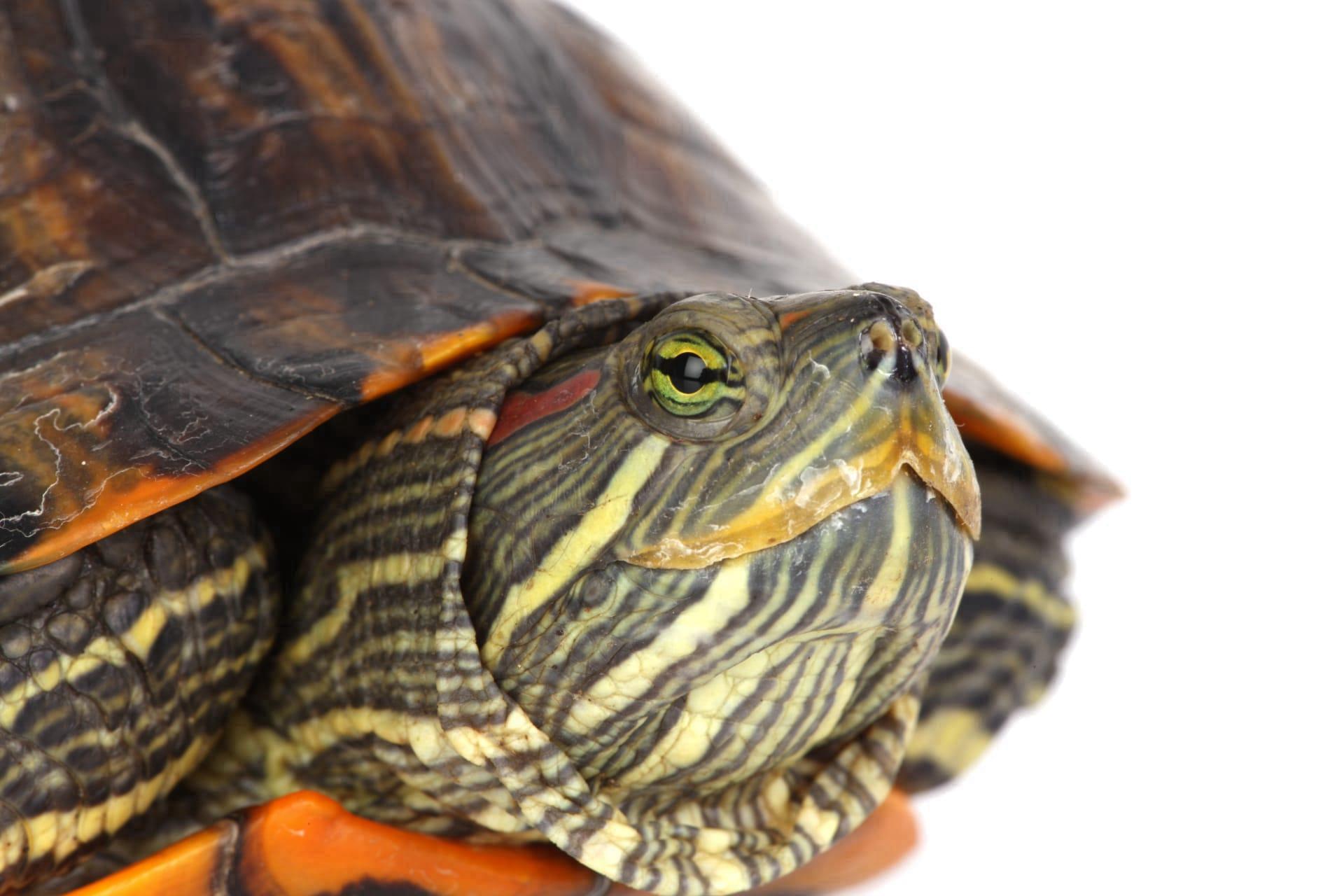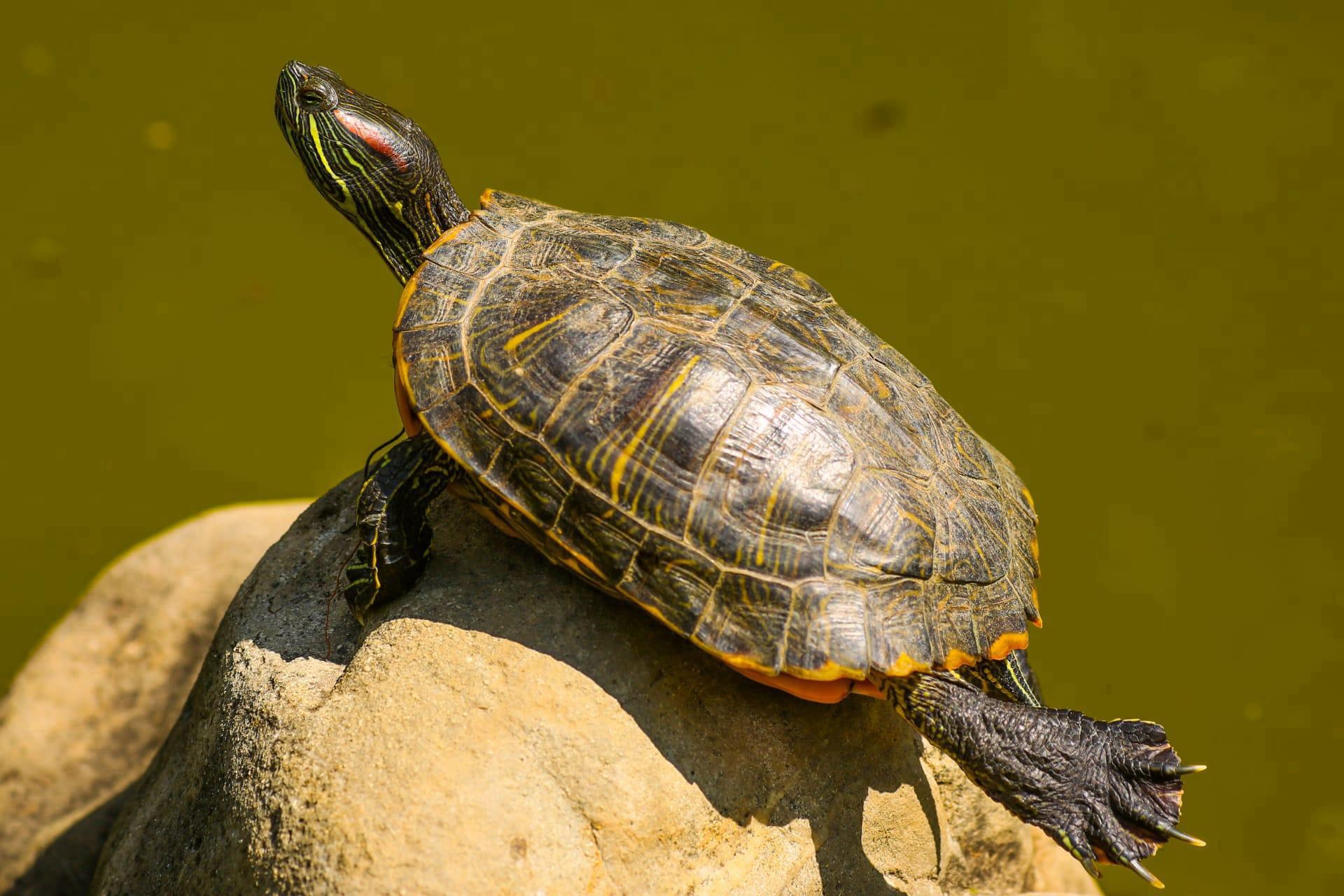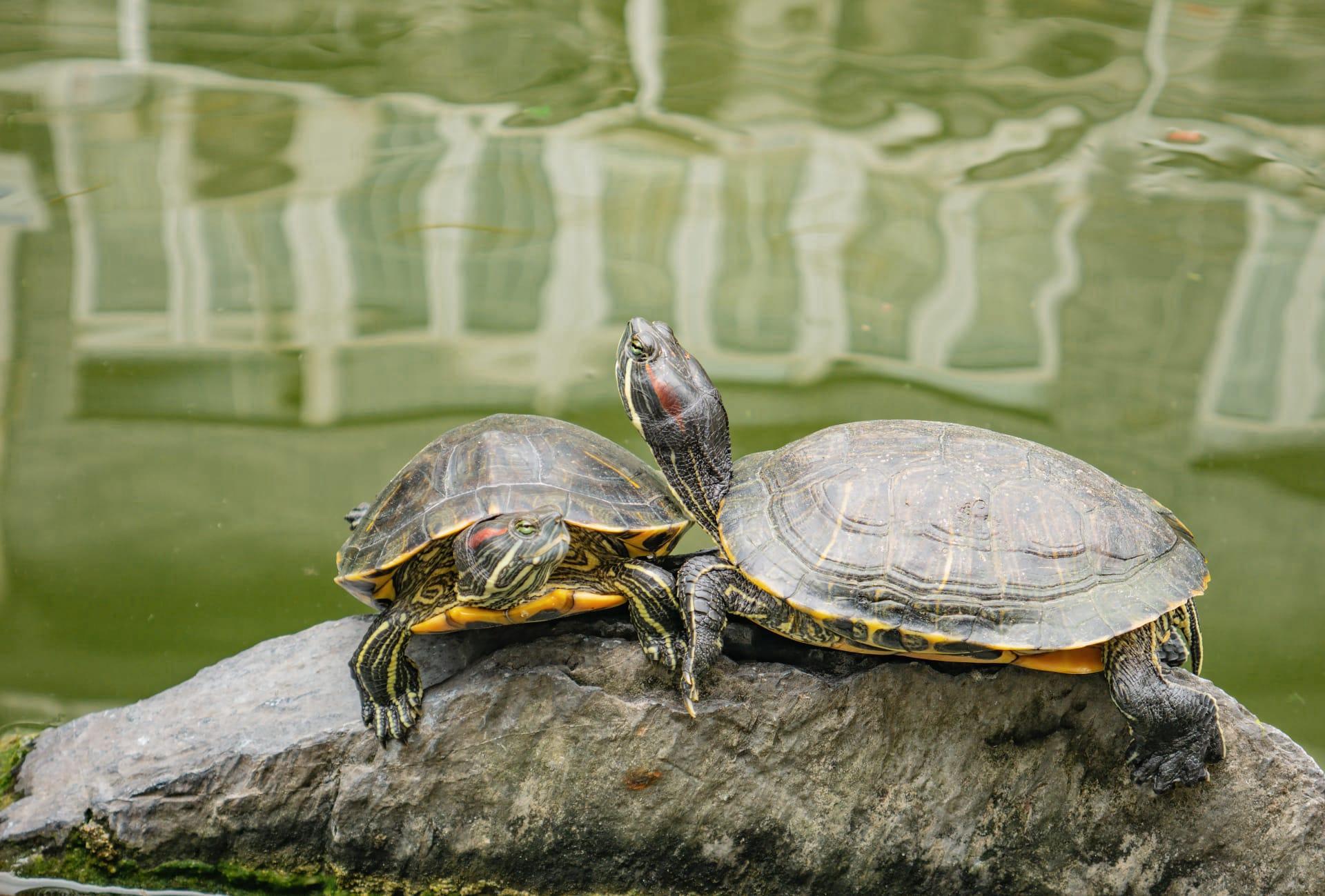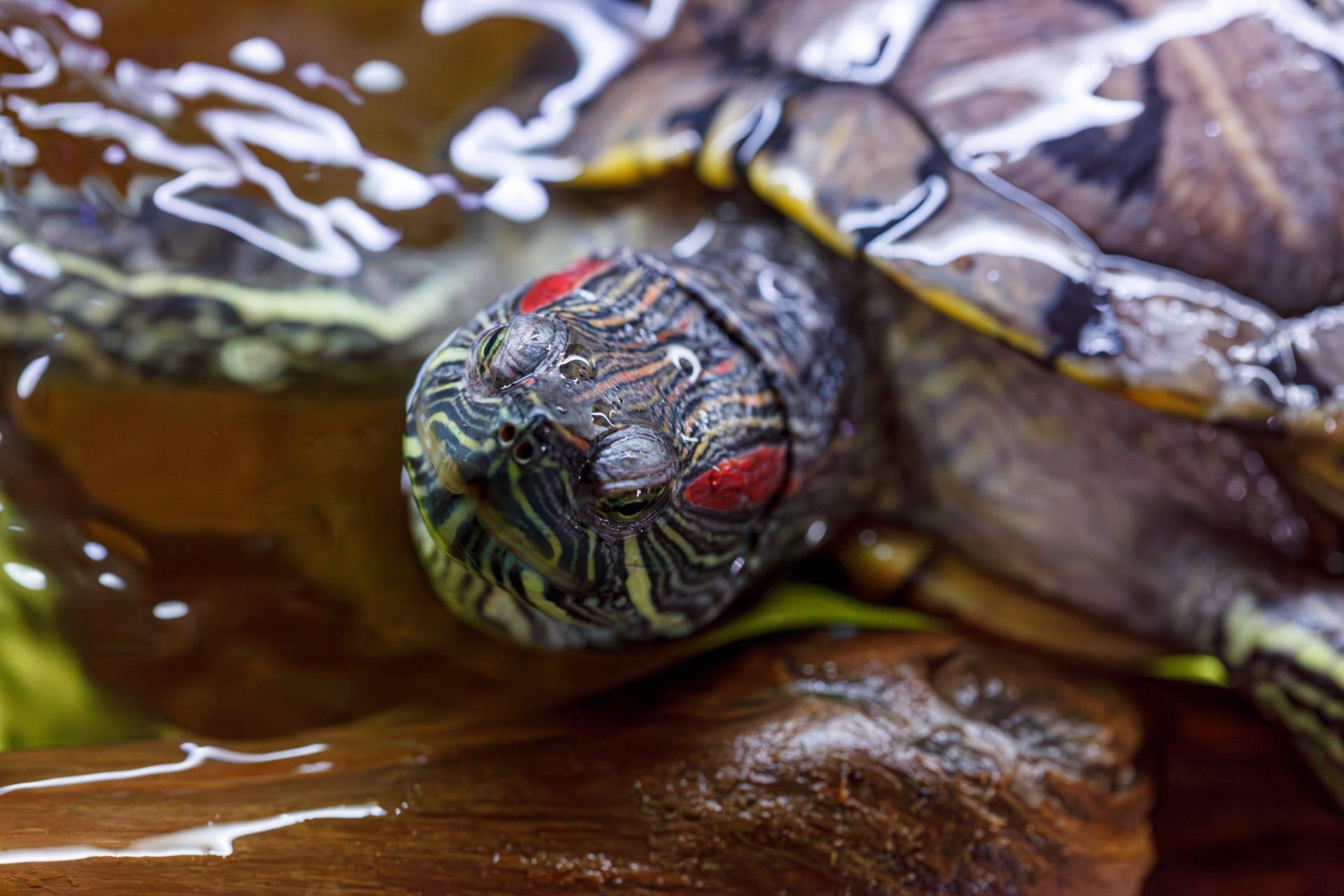Red Eared Slider Characteristics
- Home /
- Mini Encyclopedia /
- Animal /
- Red Eared Slider Characteristics
1
The Red Eared Slider, a captivating turtle species, boasts a distinctive physique marked by its olive or brown shell, which can span up to 12 inches in length. These turtles are easily recognized by the small, bright red markings around their ears. Fascinatingly, Red Eared Sliders can live up to 20 to 30 years in captivity, sometimes even surpassing this range with proper care. Their lifespan in the wild, however, tends to be shorter, averaging around 20 years.
One of the most remarkable organs of the Red Eared Slider is its shell, scientifically known as the carapace. This shell isn't just a home; it's a complex structure integrated with their spine and ribcage. The carapace plays a crucial role in protection, aiding in defense against predators. Additionally, it's a significant factor in regulating body temperature, as these turtles are cold-blooded and rely on their environment to manage their body heat.

2
Question: What should I feed my Red Eared Slider to ensure a healthy diet?
Answer: A balanced diet is key for a healthy Red Eared Slider. These turtles are omnivorous, meaning their diet includes both plant and animal matter. For juveniles, a diet rich in protein is essential, so feeding them small fish, worms, and commercially available turtle pellets is ideal. As they grow older, the diet should shift to include more plant-based foods like leafy greens, carrots, and aquatic plants. Supplementing their diet with calcium and vitamin D3 is also crucial for maintaining a robust shell and overall health.

3
Red Eared Sliders are known for their agility in water. They are strong swimmers, using their webbed feet to glide effortlessly through water. On land, however, they are less graceful and move more slowly. Their swimming capabilities are not just for enjoyment; they play a vital role in escaping predators and hunting for food in their aquatic environments.
In terms of hunting and feeding, Red Eared Sliders are opportunistic feeders. They primarily hunt in the water, preying on a variety of aquatic animals like small fish, tadpoles, and insects. Their diet also includes aquatic vegetation. These turtles use their sharp beaks to tear food, as they lack teeth. Their hunting strategy often involves ambushing prey, using stealth and speed to capture their meal.

4
The Red Eared Slider thrives in warm, humid environments, often found in slow-moving rivers, ponds, and lakes. They prefer areas with soft, muddy bottoms and abundant vegetation, both for food and hiding from predators. These turtles are also known for basking in the sun on logs or rocks, which is essential for their thermoregulation and metabolism.
Reproduction is a fascinating aspect of the Red Eared Slider's life. Females lay between 2 to 30 eggs, usually in spring or early summer. They prefer to lay their eggs in sandy or soft soil. After approximately two months of incubation, the eggs hatch, and the young turtles must fend for themselves. Interestingly, the temperature during incubation can determine the hatchlings' sex; warmer temperatures typically result in female hatchlings, while cooler temperatures lead to males.

5
Book: "The Red Eared Slider: An Owner's Guide" delves into the world of these charming turtles. Authored by renowned turtle expert John Richards in the United States, the book, published in 2005, provides a comprehensive guide on caring for these creatures. It covers topics such as diet, habitat requirements, health issues, and breeding practices, making it an invaluable resource for both novice and experienced turtle owners.
Book: "Turtles of the World: The Red Eared Slider" is another must-read, penned by acclaimed biologist Dr. Susan Thompson in 2010. This book, hailing from the United Kingdom, explores the broader context of turtle species worldwide, with a particular focus on the Red Eared Slider. It offers insights into their natural history, behavior, and the impact of human activity on their habitats, making it an informative read for both scientists and wildlife enthusiasts.